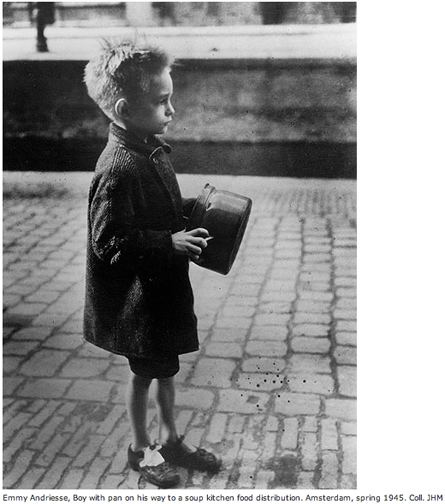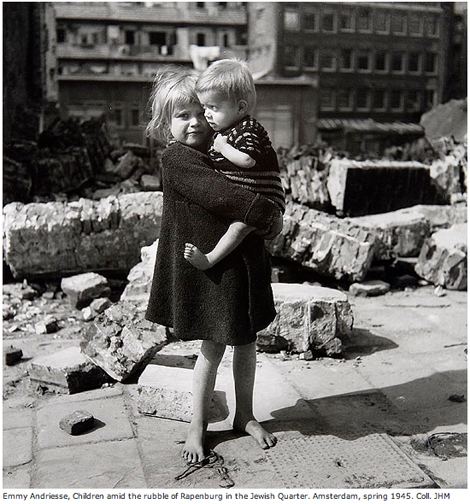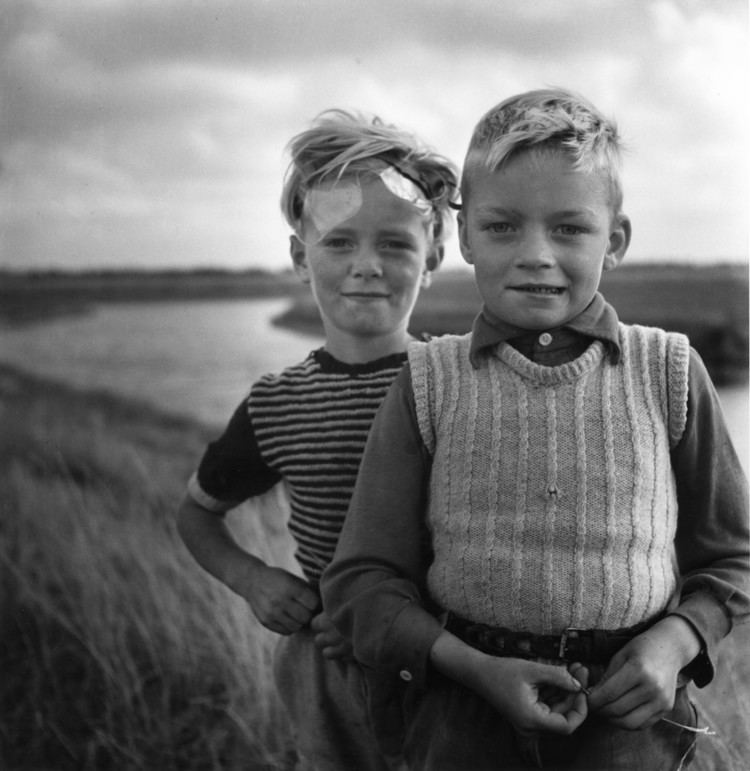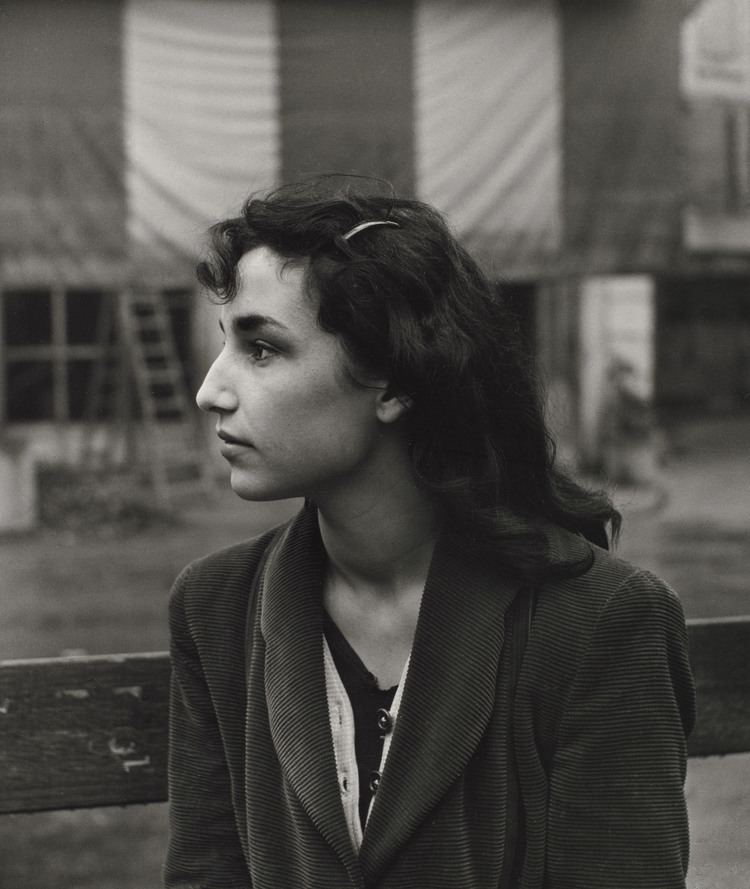Cause of death Cancer Name Emmy Andriesse | Nationality Dutch Role Photographer | |
 | ||
Full Name Emmy Eugenie Andriesse Died 20 February 1953 (aged 39) Amsterdam, Netherlands Known for De Ondergedoken Camera Similar Eva Besnyö, Violette Cornelius, Jacqueline Hassink | ||
I luoghi di Van Gogh negli scatti di Emmy Andriesse
Emmy Eugenie Andriesse (14 January 1914 in The Hague – 20 February 1953 in Amsterdam) was a Dutch photographer best known for her work with the Underground Camera group (De Ondergedoken Camera) during World War II.
Contents
- I luoghi di Van Gogh negli scatti di Emmy Andriesse
- 1991 Emmy Andriesse Carrie de Swaan music Willem Breuker
- Life and work
- References

1991 Emmy Andriesse - Carrie de Swaan, music Willem Breuker
Life and work

Emmy Andriesse was the only child of liberal Jews Abraham Andriesse, textile company representative, and Else Fuld. At age fifteen, she lost her mother, and since her father traveled internationally for work, she was raised by several aunts.

From 1932 to 1937, after high school, Andriesse studied advertising design at the Academy of Fine Arts in The Hague founded in 1929 by designer Gerrit Kiljan. At the academy she belonged to a group of students around left-wing designer Paul Schuitema. She attended an experimental class taught by Paul Schuitema and Gerrit Kiljan, where she learnt photography and the use of photographs in posters, advertising and newspaper articles.

In June 1941 Andriesse married graphic designer and visual artist Dick Elffers (with whom she had two sons, one who died young), but as a Jew during the Nazi occupation Andriesse was no longer able to publish and she was forced into hiding. At the end of 1944, with the assistance of the anthropologist Arie Froe she forged an identity card and re-engaged in everyday life, joining a group of photographers, including Cas Oorthuys and Charles Breijer, working clandestinely as De Ondergedoken Camera. The photos that Andriesse made under very difficult conditions of famine in Amsterdam, include Boy with pan, The Gravedigger and Kattenburg Children are documents of hunger, poverty and misery during the occupation in the "winter of hunger" of 1944-1945.
After the war, she became a fashion photographer and was an associate and mentor of Ed van der Elsken. She participated in the group show Photo '48 and in 1952, together with Carel Blazer, Eva Besnyö and Cas Oorthuys, the exhibition Photographie, both in Amsterdam's Stedelijk Museum. Her work appeared in Edward Steichen's 1951 The Family of Man and recently (October 2006-January 2007) she was included in a display of Twentieth Century European photography at the Barbican Art Gallery, London.
Andriesse's last commission, the book The World of Van Gogh - published posthumously in 1953 - was not yet complete when she became ill and after a long battle with cancer she died at the age of 39.
